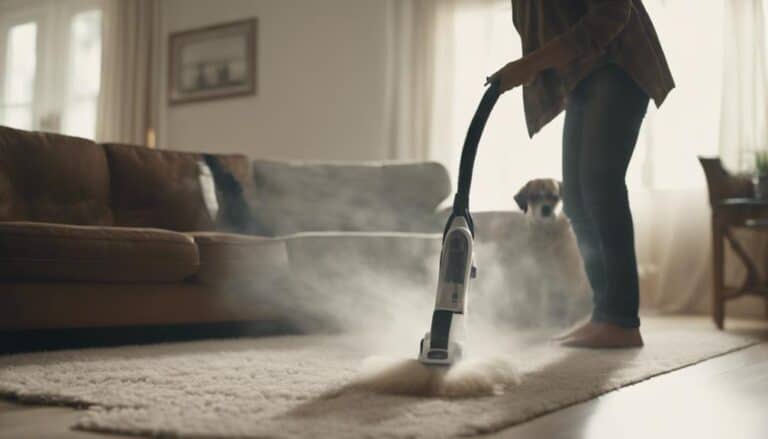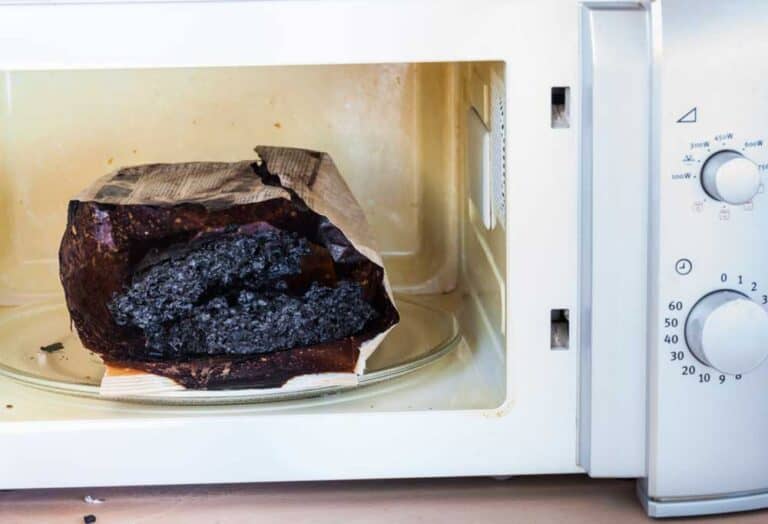Clearing the Air: Expert Tips for Eliminating Floating Dust Particles
In today’s fast-paced world, maintaining a clean and healthy living space has never been more important. But despite your best efforts to keep your home dust-free, it seems like those pesky floating dust particles just won’t go away. While they may seem harmless, these tiny particles can wreak havoc on our respiratory systems and compromise our overall health.
Fortunately, there are expert tips available to help you effectively eliminate floating dust particles from your home or workspace. In this article, we will explore the causes of airborne dust particles and provide practical solutions that you can implement right away to improve the air quality in your surroundings.
Get ready to breathe easier as we dive into the ultimate guide for clearing the air and eliminating floating dust once and for all!
Understanding the Causes of Floating Dust Particles
Floating dust particles are a common issue in today’s indoor environments. These tiny particles can come from a variety of sources ranging from organic materials like animal dander and pollen to synthetic substances such as fabrics and chemicals. Dust creates health hazards by contributing to respiratory distress, allergies, and other health issues that can be serious for people with asthma or other breathing difficulties.
Understanding the causes of airborne dust is key to eliminating its negative effects on your environment. For example, activities like sweeping or DIY projects create significant amounts of floating dust as do unventilated areas such as attics or basements where humidity levels tend towards moisture-retaining surfaces. Additionally, dirty HVAC systems that distribute dirt throughout the home can also contribute substantially to increased levels of air contamination.
In order to properly manage these sources, individuals must carefully clean their living spaces regularly using effective techniques that target different types of debris including using high-quality air filters, vacuuming with HEPA-equipped vacuums that are specially designed for allergy sufferers and those prone to breathing problems associated with fine particulates in indoor environments like schools, public offices or homes. By keeping this information top-of-mind when designing cleaning protocols aimed at maintaining optimal A/C quality inside buildings – professionals can create safe building practices benefiting everyone who frequents them – without harm caused by floating micro-particles originating therefrom!
The Health Implications of Airborne Dust
Airborne dust particles may seem like a minor annoyance, but they can have significant health implications if left unaddressed. These minuscule particles can irritate our eyes, nose, and throat, as well as trigger or worsen allergies and asthma. Moreover, airborne dust has been linked to more serious respiratory problems such as chronic bronchitis and emphysema. It is especially concerning for vulnerable populations such as children and the elderly who are more susceptible to respiratory illnesses.
Reducing airborne dust in indoor spaces should be a top priority for anyone looking to maintain good health. Effective methods of eliminating floating dust include regular cleaning using HEPA-filtered vacuums or air purifiers and improving ventilation by opening windows or installing fans. And don’t forget about the source of the problem – outdoor sources such as pollen, dirt, smoke should also be addressed by regularly replacing air filters in HVAC systems or keeping windows closed during high-pollution times. By taking these steps towards reducing airborne dust particles in our homes or workspaces we can improve our overall health and wellbeing with minimal effort.
The Role of Proper Ventilation in Dust Control
Proper ventilation plays a crucial role in dust control, as it allows air to circulate and carry away potential airborne particles that could be harmful to human health. When homes or buildings lack proper ventilation systems, dust, allergens, and other pollutants can accumulate indoors posing a dangerous threat to our well-being.
Adequate airflow ensures clean air is constantly circulating through your living space which helps prevent allergies caused by inhaling contaminants like pollen or pet dander. Additionally, proper ventilation prevents mold growth by reducing the chance of condensation build-up trapped within walls resulting from inadequate temperature regulation.
Ultimately these issues are easily avoidable with modernized HVAC technology designed for increased efficiency while providing an additional layer of protection against airborne pollutants. Investing in high-quality equipment can help improve indoor air quality thus improving overall health-related outcomes for us all!
Cleaning Strategies for Floors and Surfaces
Maintaining clean floors and surfaces is an important aspect of creating a healthy living environment. Cleaning strategies for this task involve removing dirt, debris, and dust particles that accumulate over time. Using a combination of vacuuming, sweeping, and mopping can effectively remove these unwanted contaminants from floors and surfaces.
It’s also essential to use the right cleaning products for different types of flooring materials. For example, hardwood floors require special care that involves using specific cleaners designed specifically for wood surfaces. Additionally, choosing microfiber cloth or mop heads helps reduce the spread of bacteria because they are highly absorbent and trap dirt rather than pushing it around.
Overall, developing an effective cleaning routine that takes into account best practices based on your home’s needs can go a long way in maintaining a healthy living space free from airborne dust particles.
Using Air Purifiers to Improve Indoor Air Quality
Air purifiers have become a popular solution for improving indoor air quality and eliminating airborne dust particles. These devices work by drawing in polluted air from the surrounding environment, filtering out harmful particles such as allergens, pollutants, and bacteria before releasing clean air back into the room. With advancements in technology, modern air purifiers now come equipped with HEPA filters that can capture even the tiniest of airborne particles.
Using an air purifier can benefit those who suffer from asthma or allergies by reducing their exposure to harmful irritants that may trigger symptoms. Moreover, it can create a healthier living space by removing unpleasant odors and chemicals commonly found in household cleaning products. However, while these devices are effective at capturing floating dust particles and keeping our homes cleaner, they should not be viewed as a substitute for regular cleaning and maintenance practices. Proper ventilation systems combined with routine cleaning will ensure optimal indoor air quality is maintained all year-round.
Keeping Dust at Bay with Regular Maintenance
Keeping dust at bay requires regular maintenance and a thorough cleaning routine. Before you start your cleaning process, it is crucial to understand that dust particles come from various sources such as pet fur, pollen, skin cells, and dirt. Regular vacuuming of carpets, rugs, and furniture can remove these tiny particles effectively.
Using microfiber cloths during the cleaning process can also help in trapping smaller dust particles compared to traditional cotton cloths which often push them around surfaces. You should also regularly change air conditioning filters to prevent circulating airborne pollutants throughout the home. Additionally, using an air purifier with a HEPA filter can be beneficial in capturing unwanted debris from the air.
Overall cleanliness is key in keeping dust at bay and maintaining good indoor air quality. Investing time into daily tasks like wiping down surfaces before they accumulate too much dirt or implementing weekly deep cleans such as washing curtains or bedding can make a big difference over time. By following these tips for regular maintenance and creating a cleaner living environment for yourself – breathing easier will never have been so simple!
Conclusion: Achieving a Dust-Free Environment
Achieving a dust-free environment is crucial to maintaining good health, especially in today’s world where air pollution is very high. Floating dust particles can cause respiratory issues and aggravate allergies, making it imperative to eliminate them from our homes and workspaces. The good news is that there are practical solutions available for everyone to follow.
One effective way of reducing airborne dust particles is by investing in high-quality air filters for your HVAC system. These filters will trap most of the floating dust before they have the chance to circulate around your house or office space. Regularly vacuuming carpets and upholstery with a HEPA filter vacuum cleaner can also help reduce accumulated dirt and debris that can become airborne. Using microfiber cloths instead of dusters when cleaning surfaces such as counters, shelves, or furniture will minimize the amount of disturbed dust particles released into the air.
By following these expert tips on getting rid of floating dust particles from your living spaces, you’ll create a healthier environment for yourself and loved ones! Remember that taking small steps towards preventing airborne pollutants like floating dust should always be part of an overall healthy lifestyle routine!






